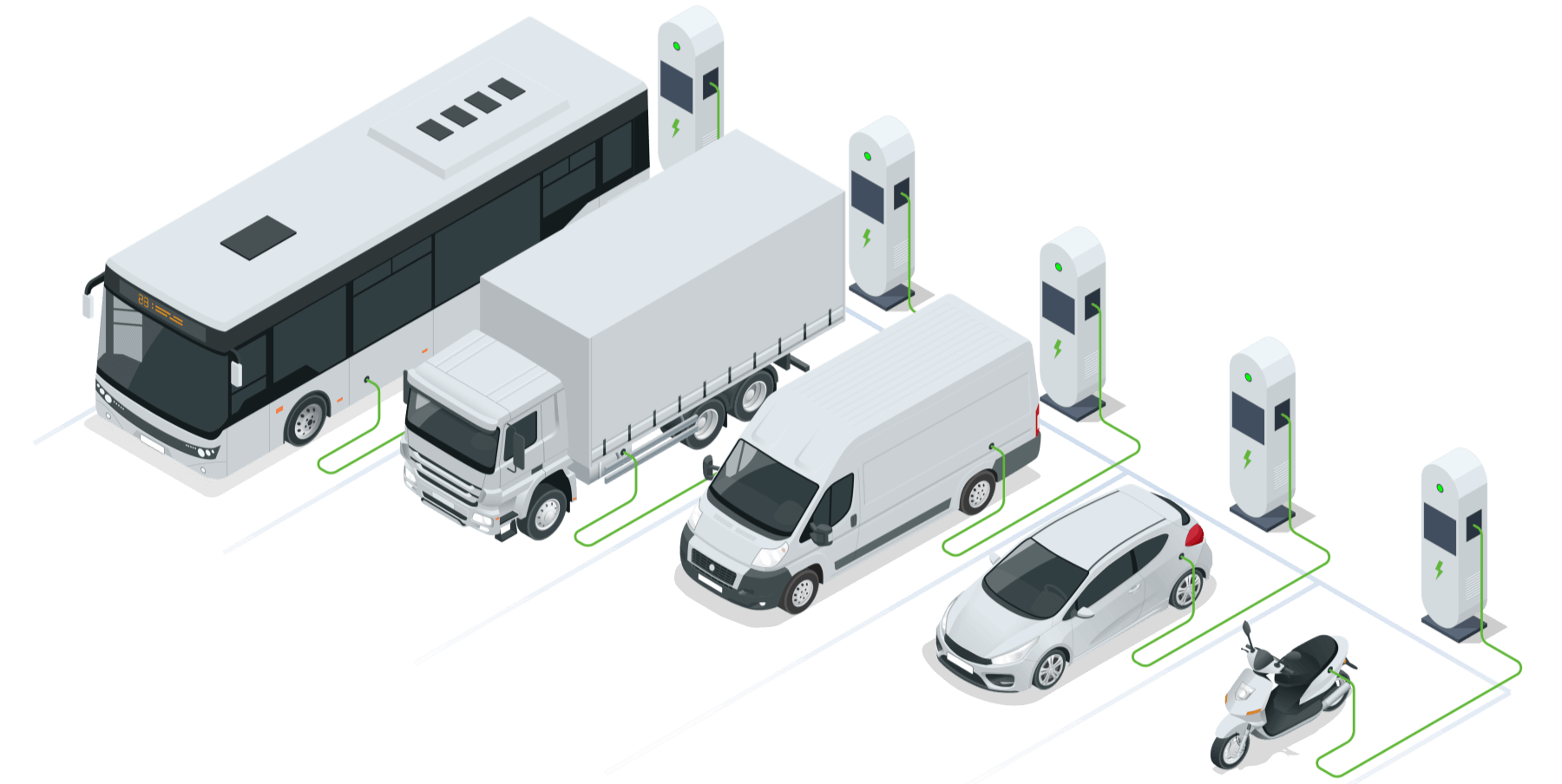Operate EV charging stations – EVSE Experiences 09

Preface
Operate EV charging stations
is essential for integrating technical knowledge with compliance requirements, providing excellent customer service, and implementing effective business strategies. It is crucial to stay updated on industry trends and user preferences in order to ensure smooth operations. Operating an electric vehicle (EV) charging station entails various important steps and considerations. Here is a comprehensive guide on how to effectively manage the operation of an EV charging station.

Pricing of EV Charging
First of all, generally speaking, the pricing considerations for charging stations involve complex and crucial aspects related to the cost and pricing of automotive charging stations, which are influenced by multiple factors. Here are some key factors that affect the cost and pricing of automotive charging stations:
a. Competition within the local market among peers.
b. Charging speed and service quality provided by the station itself.
c. Pricing models (charging based on duration, power output, membership systems, etc.)
d. Consideration of current cost recovery and setting profit targets.
e. Economic conditions and per capita income levels in the area where the charging station is located.
f. If renewable energy sources are used, pricing may be influenced by environmental factors.
g. Government incentives or subsidies may impact pricing strategies.
h. User experience and additional services such as car wash areas, rest areas, shopping areas, dining areas.
Identification And Payment
The current advanced system available on the market identifies license plates through a monitoring system. Subsequently, drivers register their license plate numbers and make payments for charging by scanning a QR code. Upon departure from the station, the monitoring system once again recognizes the license plate number, enabling lifting of barriers for exit. This efficient system effectively deters unauthorized vehicle charging or unnecessary occupation of charging parking spaces. Here are several practical solutions I would like to list:
Vehicle entry and exit recognition:
a. By placing an RFID tag/card on the vehicle, it can be automatically identified and the barrier gate lifted when scanned.
b. Through a license plate recognition system, vehicles entering the station can be identified by surveillance cameras and the barrier gate raised.
c. Manual control.
Payment System:
a. Deducting funds from credit cards and debit cards through POS machines.
b. Linking to cloud programs via QR codes and deducting funds through payment platforms.
c. Pre-charging a certain amount of fees and automatically deducting them when vehicles leave the premises.
d. Implementing a membership system where vehicles are exempted from additional charging fees within a certain period of time.
e. Regular settlements, for instance, for vehicle fleets or organizations with stable groups of charging vehicles, eliminating the need for recharging every time and reducing cumbersome operations.
Safety Protection Measures
The safety measures of car charging stations are implemented to ensure the safety of users and equipment, as well as to prevent potential risks and threats. The following are common security measures for car charging stations:
a. An emergency stop button is used to immediately interrupt the charging process in order to prevent accidents.
b. A video surveillance system is installed to monitor the charging station and its surrounding area, enhancing the safety of both equipment and vehicles.
c. Operating instructions are provided to prevent any damage to personal or property safety that may occur due to human error.
d. Special fire-fighting equipment such as dry powder extinguishers, sand, fire blankets, etc., is available.
e. Some built-in protections within the charging station equipment include dustproofing, waterproofing, circuit breakers, temperature detectors, etc.
Promotion And Marketing
Online
a. Use social media platforms such as Facebook, Twitter, Instagram, etc., to publish content about the location, services and promotional activities of charging stations.
b. Utilize search engine advertising to prioritize displaying our charging station information before competitors by targeting specific time/location/audience searches.
c. Timely upload charging station information to various mapping software so that map users can quickly access the location details of charging stations.
Partnerships
a. Collaborating with electric vehicle manufacturers to incorporate charging stations into their promotional plans, gaining more attention from users.
b. Partnering with nearby businesses, shopping malls, or restaurants to jointly promote the use of charging stations and provide mutually beneficial promotional activities.
c. Collaborating with local governments and city institutions to potentially obtain funding support or gain promotion in urban planning.
Offline
a. Set up signs and billboards around the charging station to guide pedestrians and drivers about its presence.
b2. Distribute brochures and flyers introducing the location, services, and advantages of the charging station.
c. Launch membership benefits such as point rewards and first-time user discounts to attract users.
Sustainable promotion
a. Actively respond to user reviews and feedback, establishing a strong relationship with users in order to encourage satisfied users to share their charging station experiences through word-of-mouth promotion.
b. Emphasize the use of renewable energy in charging stations to attract environmentally conscious users.
c. Promote the social responsibility of charging stations, such as contributing clean energy to communities and providing dedicated parking spaces for disabled individuals.
Additional Facilities
Rest areas
Establish rest areas that provide seating, books, toilets, Wi-Fi and other services to give users enough freedom during the charging process.
Maintenance and cleaning services
Provide car maintenance and cleaning services so that users can maintain their vehicles before and after charging. Simple tire inflation services can greatly enhance user experience.
Convenience stores
Set up shops or convenience stores around the charging station to supply drinks, snacks, chargers and other goods for users’ waiting time while increasing overall revenue of the site.
Exhibiting information
Provide information on renewable energy and environmentally friendly travel to increase awareness of sustainable energy among users. Alternatively, showcase some art pieces to elevate the aesthetic appeal of the charging station.
Manual team
Manager
The manager is responsible for the daily operation and management of the charging station. They coordinate team members’ work, ensure proper functioning of equipment, and handle relationships with government agencies and suppliers.
O&M
The personnel are responsible for equipment maintenance, repairs, troubleshooting as well as regular inspections on the status of charging piles, power systems, and connecting devices.
Customer service
The customer service department handles user inquiries complaints ,and suggestions while providing user identification/payment support as well as answering common questions regarding the use of charging stations.
Analyst
The analyst collects analyzes data on charging station usage to provide insights into user behavior ,charging demands etc.
Accountant
Accountants are responsible for managing the financial and accounting affairs of charging stations, overseeing user payments, and maintaining accounting records.
Summary Of Operate EV Charging Stations
The four steps to enhance the profitability to operate EV charging stations include optimizing their utilization, reducing operational costs, developing new operating models, and strengthening market research and information tracking.
Optimizing utilization involves identifying target markets and user demands, devising marketing strategies, enhancing brand awareness, and improving user experience.
Reducing operational costs entails regular maintenance of charging equipment, rationalizing energy procurement expenses, and establishing efficient operational processes.
Developing new operating models includes promoting the concept of shared usership among customers, collaborating with other industries, and implementing cross-regional membership systems.
Strengthening market research and information tracking involves analyzing market trends and policy impacts, utilizing data analysis techniques as well as establishing mechanisms for user feedback and evaluation. By effectively executing these four steps operators can increase the profitability of charging stations while providing users with better charging services.


0 Comments